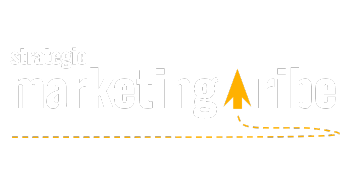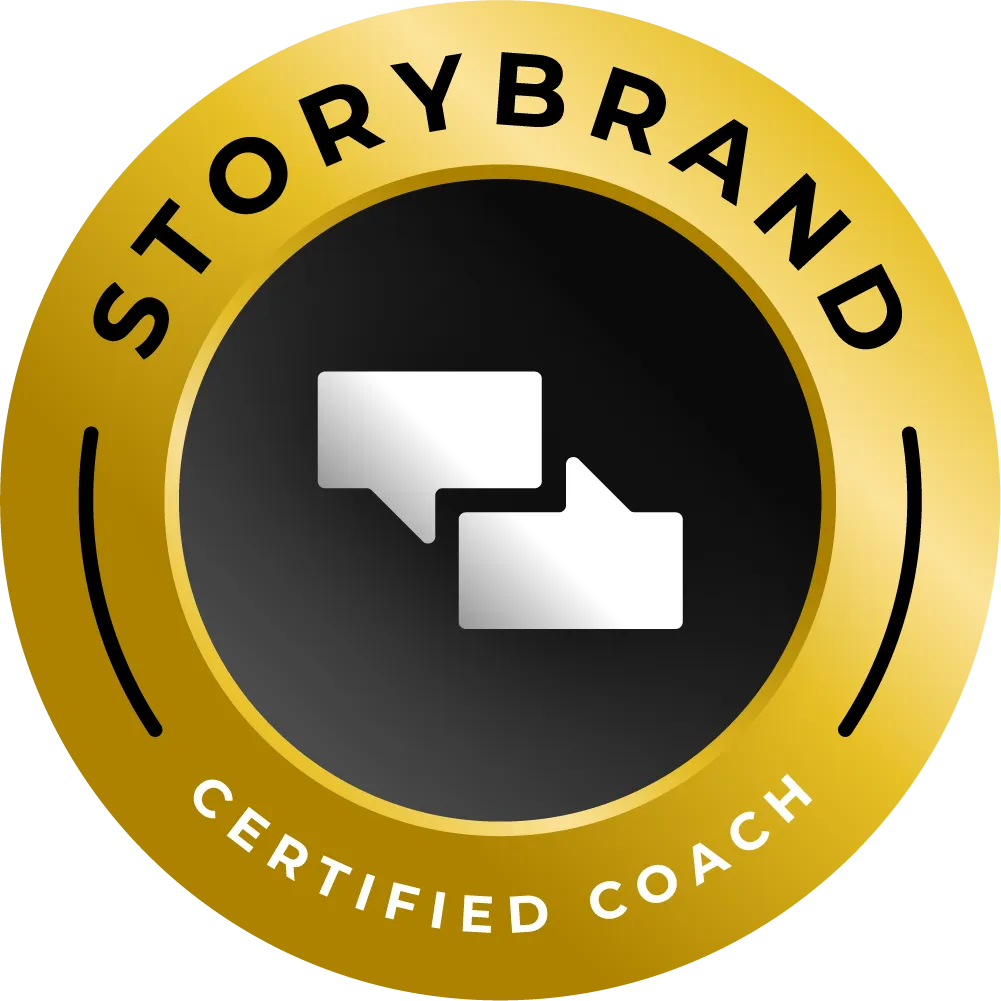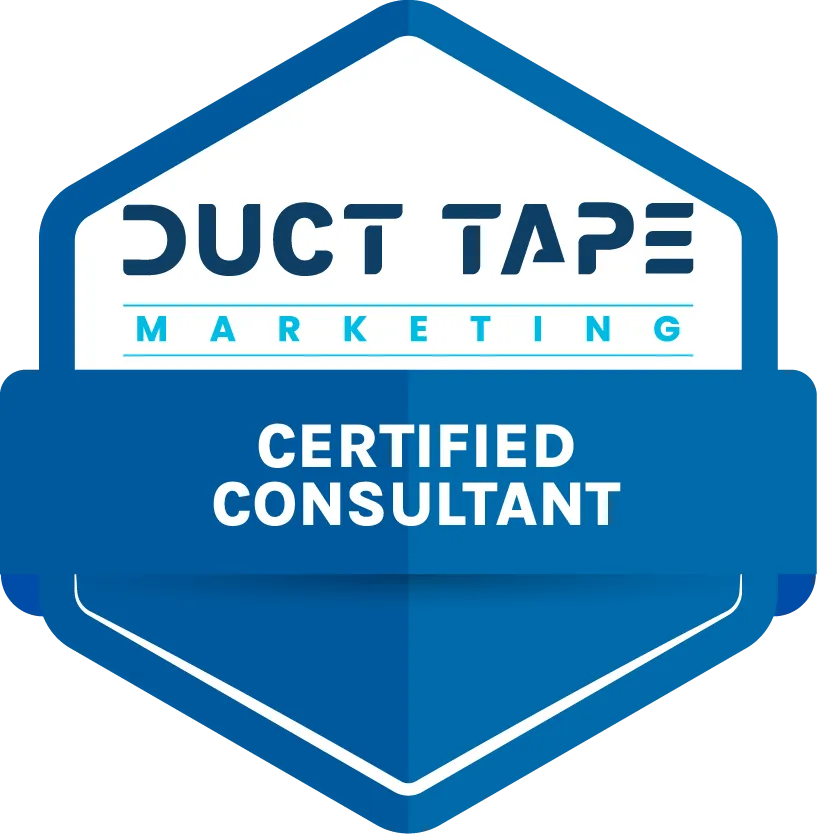STORY, MEET STRATEGY
Let’s make marketing feel less robotic and more real.
Find resources that bring your message—and your business—to life.

AI in Marketing Needs Human Thinking
By Vicky Sidler | Published 18 October 2025 at 12:00 GMT+2
Everyone’s showing off their new AI toys. Boards want AI roadmaps. Teams are pumping out content like it’s a fire sale. And if you’ve felt behind watching your competitors “scale with ChatGPT,” you’re not alone.
But here’s the awkward truth nobody wants to admit: tools don’t make strategy. You can prompt your way into a pretty campaign, but without a clear direction, all that speed just turns into noise.
According to a recent article in Adweek, we’re in what’s called the “AI plateau.” Not because the tools stopped working, but because we forgot something kind of important. Strategy.
TL;DR:
AI tools are fast but need human strategy to be effective
Prompting isn’t the same as deciding what problem to solve
Output is not impact. Clarity is
Without strategy, AI just makes mistakes faster
Strategy is still your competitive edge
👉 Need help getting your message right? Download the 5-Minute Marketing Fix
Table of Contents:
AI in Marketing Needs Human Thinking
The AI Plateau—Where Speed Meets Confusion:
Output Isn’t the Goal. Alignment Is.
Good Creative ≠ Good Marketing:
How I Use AI (and Where I Don’t):
Strategy Is Still the Real Superpower:
1. AI Automates 80 Percent of Marketing—What Now?
2. AI Marketing Trust Gap Widens as Consumers Push Back
3. AI Will Make the Rich Richer—But It Might Also Backfire
4. AI Marketing Works Best With a Human Brain
FAQs on Using AI in Marketing Without Losing Strategy
1. What is the AI plateau and why does it matter?
2. Isn’t using AI faster and more efficient for small businesses?
3. Can’t AI generate a good enough message on its own?
4. What happens when you use AI without strategy?
5. How should small businesses actually use AI?
The AI Plateau—Where Speed Meets Confusion:
At first, AI felt like a cheat code. Everyone got excited. Prompts were flying. Content calendars were stuffed. But then… not much happened.
That’s because no matter how impressive your output is, it means nothing if the message doesn’t matter. Marketing is not a race to publish the most posts. It’s a job of making meaning. And meaning still requires a human brain.
Strategy is not a prompt. It’s the answer to questions like:
Who are you actually trying to reach?
What problem are you solving?
Why does it matter right now?
ChatGPT can’t answer those for you. Even if you want it to. Only you can.
Output Isn’t the Goal. Alignment Is.
One of the most dangerous myths in marketing right now is that more content equals more success. It doesn’t.
Without a clear framework, AI just makes it easier to get misaligned faster. You can now scale your confusion in record time. This creates an illusion of progress—lots of activity, very little result.
Let’s say your AI tool finds a small audience segment that engages like crazy. Great. But if that segment doesn’t actually need your service? You’re wasting money. You’re also teaching your team to chase dopamine instead of purpose.
Strategy is what separates meaningful action from busywork.
Good Creative ≠ Good Marketing:
A gorgeous AI-generated ad means nothing if it doesn’t connect to a customer’s needs. Design without direction is just decoration.
This is why strategy must come first. AI can multiply what you feed it, but it can’t make decisions. It doesn’t understand nuance, trade-offs, or your business goals. It doesn’t know when to say no.
It’s a bit like giving a toddler a forklift. Impressive. Dangerous. Inefficient.
How I Use AI (and Where I Don’t):
As a StoryBrand Certified Guide and Duct Tape Marketing Strategist, I use AI daily. It helps me brainstorm, summarise, and polish. But I never let it lead. The message always comes first.
AI can give you faster answers, but it can’t tell you which questions matter. That’s still on you.
The most successful small businesses I work with? They use AI like a power tool. Helpful. Sharp. Stored safely in the strategy shed until needed.
Strategy Is Still the Real Superpower:
There’s a reason everyone’s AI content starts to sound the same. When tools lead, the message gets flat. You might get more done, but none of it will stand out.
Strategy is what makes your message yours. It’s what tells the tool what to do. And it’s what turns fast content into clear communication.
So before you automate your next campaign, pause and ask:
What am I actually trying to say?
Why should someone care?
How will this help my customer?
That’s the work. That’s the edge. And AI can’t do it for you.
If you need a shortcut to that kind of clarity, I’ve got you. The 5-Minute Marketing Fix will help you write a message that actually matters.
Related Articles:
1. AI Automates 80 Percent of Marketing—What Now?
If you liked this article’s take on using AI as a tool (not a strategy), you’ll want to see how real companies like Aviatrix are automating 80% of their marketing—without losing the plot.
2. AI Marketing Trust Gap Widens as Consumers Push Back
This post dives into the consumer side of the AI story. If your strategy still includes humans (as it should), you’ll want to understand how AI is affecting trust—and what your audience expects from you now.
3. AI Will Make the Rich Richer—But It Might Also Backfire
Wondering what happens when AI goes too far? This article lays out the ethical risks and reputational landmines of using AI without human oversight—reinforcing why strategy needs to stay in the driver’s seat.
4. AI Marketing Works Best With a Human Brain
This one is packed with examples from brands that got it right. Learn how companies like Sanlam and Google use AI to scale while keeping humans in charge of the message—exactly what your strategy needs.
FAQs on Using AI in Marketing Without Losing Strategy
1. What is the AI plateau and why does it matter?
The AI plateau is the stage where businesses realise that access to AI tools doesn’t automatically lead to better marketing. Without strategy, those tools just create more content with less meaning. It matters because speed without clarity wastes time and money.
2. Isn’t using AI faster and more efficient for small businesses?
Yes, but only if you know what you’re trying to achieve. AI can help you do more, faster—but without a clear message, it just means you’re spinning your wheels more efficiently. Strategy makes the speed useful.
3. Can’t AI generate a good enough message on its own?
No. AI can mimic language and suggest formats, but it doesn’t understand your customer’s real problem or your unique value. That’s still your job. Prompting is not a replacement for positioning.
4. What happens when you use AI without strategy?
You risk creating campaigns that look slick but don’t connect. They might reach the wrong audience, dilute your message, or waste your ad spend. AI without direction amplifies mistakes.
5. How should small businesses actually use AI?
Use it to support execution. Let it help with drafts, analysis, or content ideas—but only after you’ve defined your message, audience, and goals. Think of AI as a smart assistant, not a decision-maker.
6. How do I know if I’m relying too much on AI?
If you’re letting the tool decide what to say or who to target, you’ve crossed the line. If your message sounds like everyone else’s or you’re chasing output just to feel productive, that’s a red flag.
7. Where can I start if I need a clearer message?
Start with the5-Minute Marketing Fix. It’s a free tool that helps you write one clear sentence that explains what you do and why it matters. Strategy starts with clarity.
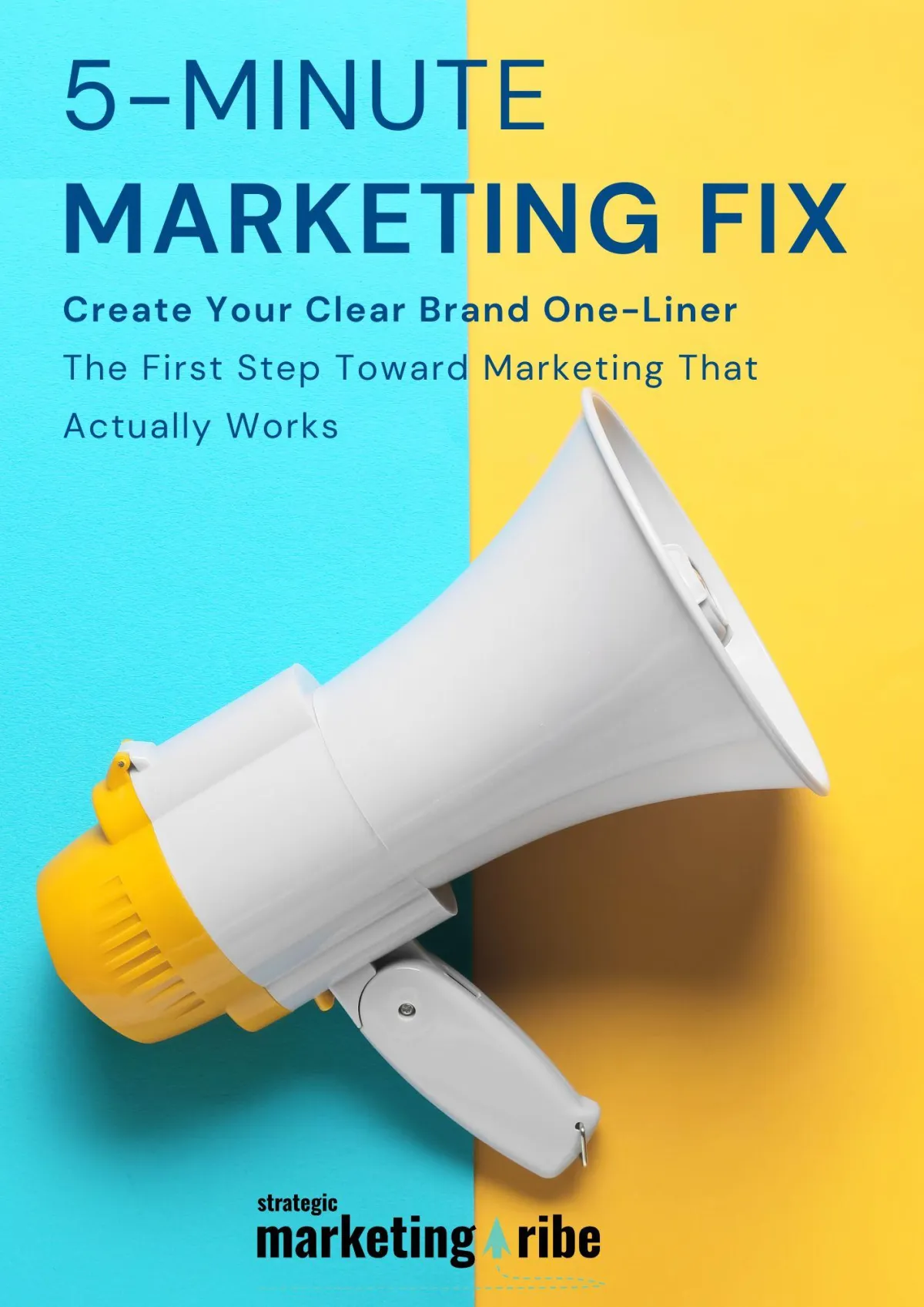
Created with clarity (and coffee)

